Michael Hall – The Sourcebook Of Magic
$52.00 Original price was: $52.00.$12.00Current price is: $12.00.
Digital Download: You will receive a download link via your order email
Should you have any questions, please contact us: [email protected]
 Michael Hall – The Sourcebook Of Magic
Michael Hall – The Sourcebook Of Magic
Description:
This is not a book for beginners in NLP (Neuro-linguistic Programming) in spite of the two excellent introductory chapters. You need to have at least worked through “The User’s Manual for the Brain” or the NLP Practitioner’s Level to fully appreciate its value. 77 central NLP patterns have been collected here and grouped under different categories. Each pattern is prefaced with a clear and incisive explanation of the concept. Often you get illuminating gems. For example, a brief note on #38 The Submodality Overlapping Pattern, saying that “…The Judeo-Christian scriptures provide a great example of this.” helps one to perceive such NLP patterns in daily life, literature and movies. The patterns are not mere technqiues for change. They are part of the texture and colours of life. Mastering them enriches the art of living.
The book does give a fairly comprehensive and up-to-date coverage. 51 meta-programs (from Hall’s Figuring Out People) are summarised here. You also get a more developed understanding of the Meta-model presented with Hall’s mastery of linguistics (Cf. Hall’s The Secret of Magic). Chapter 12 on “Figuring Out What Magic To Do At What Times” is a key question that all NLP practitioners want to ask. Ch. 13 gives brief clues on using NLP in business, education, therapy, sports, health relationships, etc. What will fascinate people is to note that the whole book was written in E-Prime, i.e., without the verb “to be”! Read Appendix C: There “Is” No “Is”. Since NLP deals with mental “maps” rather than the “territory”, identity or reality, such language creates more options and possibilities. (However, for those interested in fundamental issues in epistemology, it might be worthwhile to explore Bernard Lonergan’s monumental “Insight” or Philip McShane’s “A History of Tongue”.) All NLP practitioners can benefit from such a handy and informative reference, at such a reasonable price.
This book is perfect for anyone that uses NLP or NS, does therapy or coaching/mentoring. As previously commented, you would understand it more if you have either read User’s Manual for the Brain (Bob G. Bodenhamer and L. Michael Hall) or attended an NLP course. There is so much more than you would expect, including information on Meta-Programs, just about every NLP pattern and then some. I use it as a reference and reminder for coaching. And then for self – who can’t read about being gloriously fallible or maybe go over the Forgiveness Pattern? On second thoughts, this book would also be useful in business – what a concept!
Delivery Method
Be the first to review “Michael Hall – The Sourcebook Of Magic” Cancel reply
Related Products
Hypnosis & NLP
Hypnosis & NLP
Hypnosis & NLP
Hypnosis & NLP
Personal Development



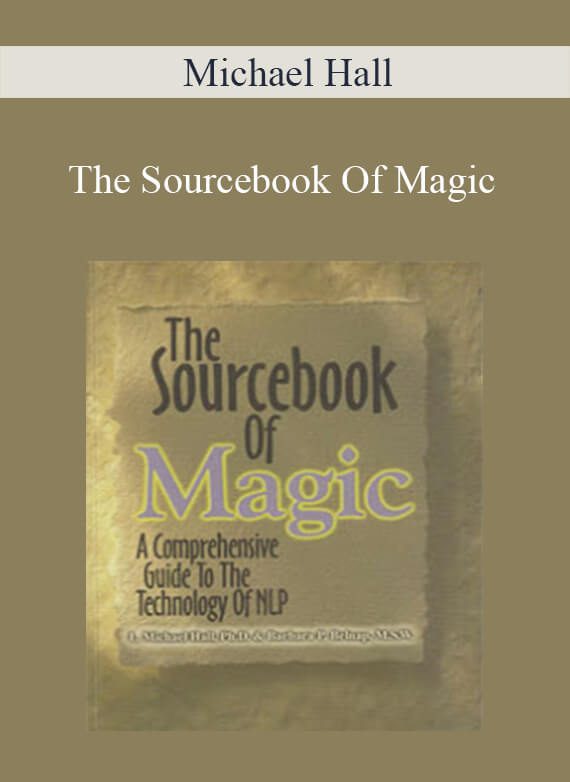
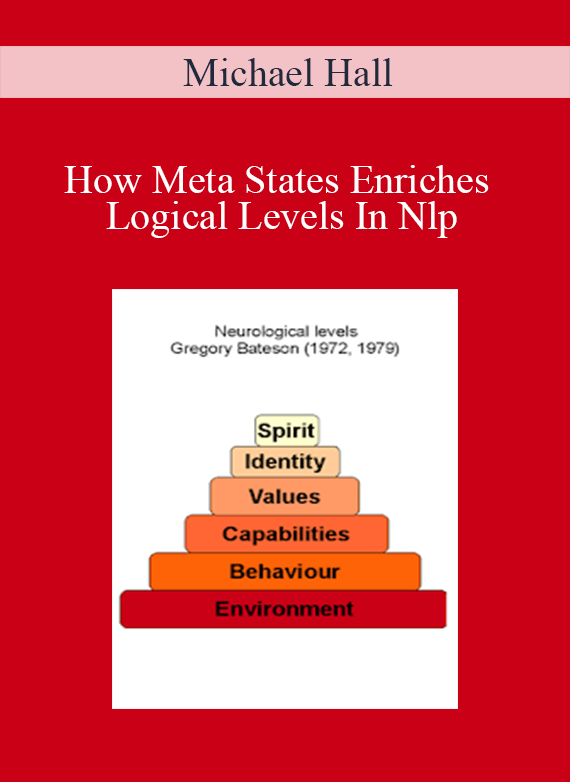
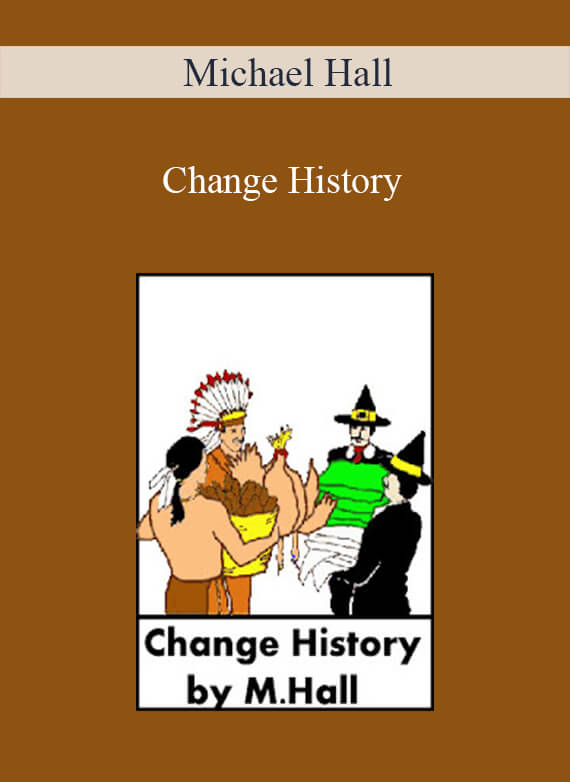


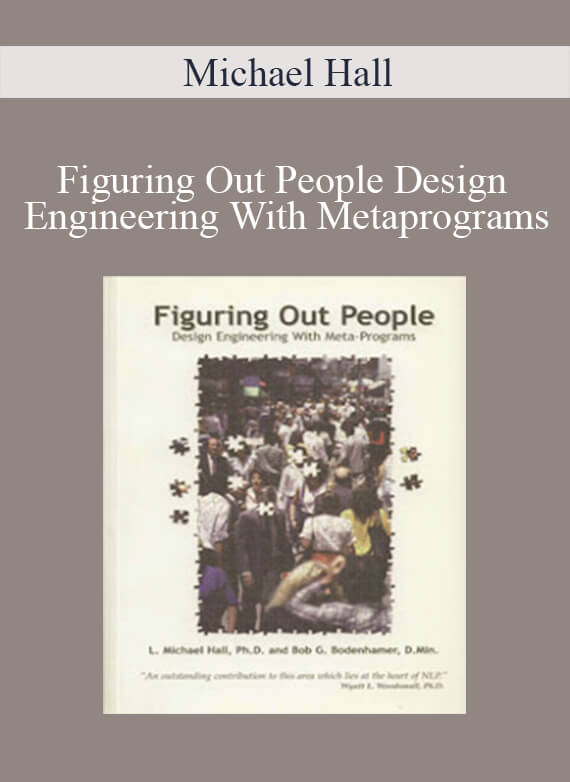
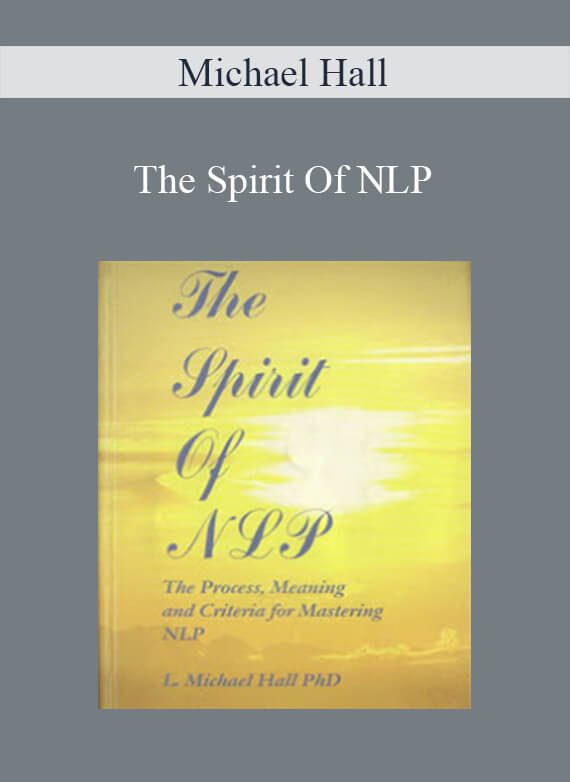
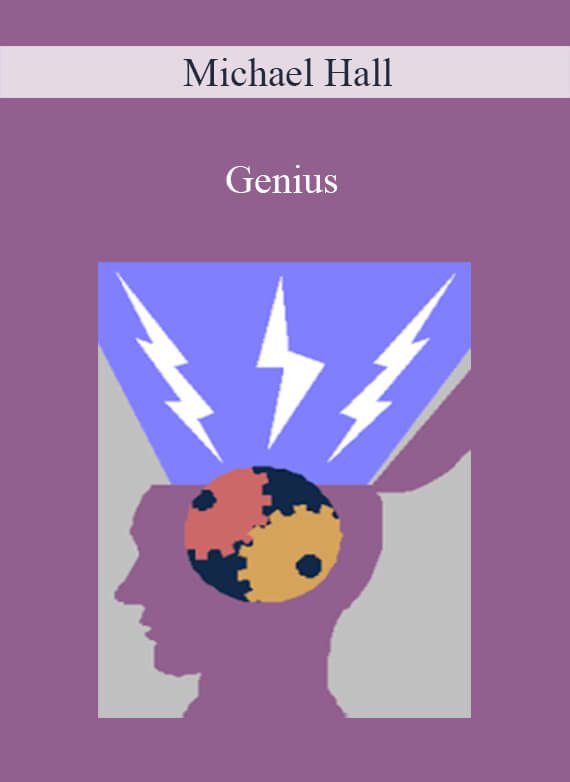
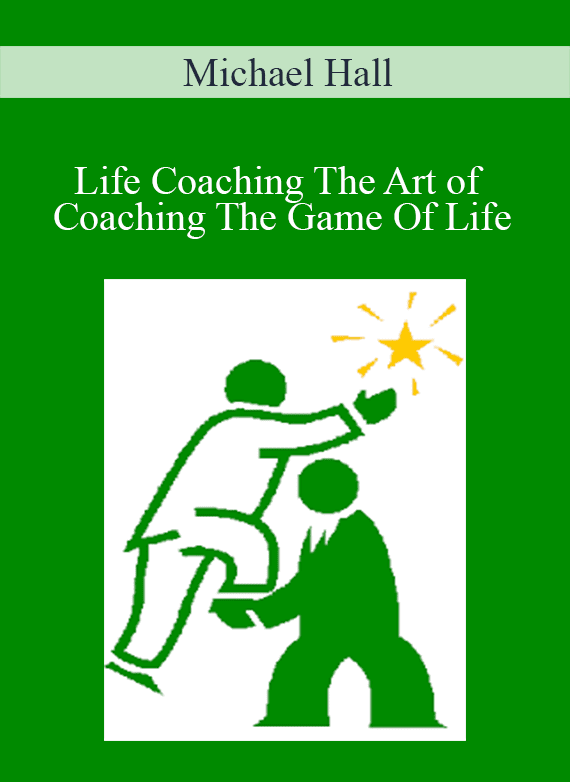

Reviews
There are no reviews yet.